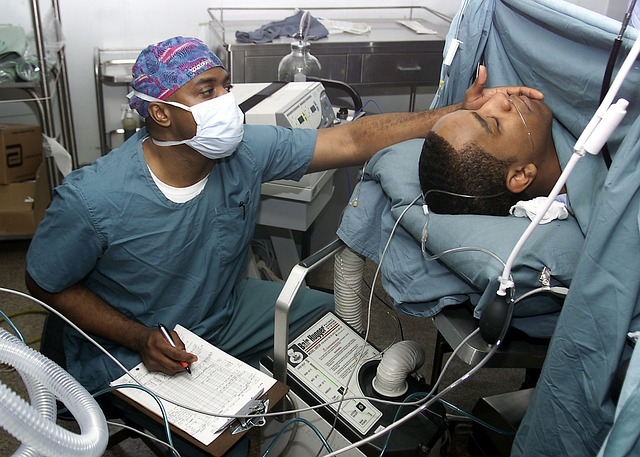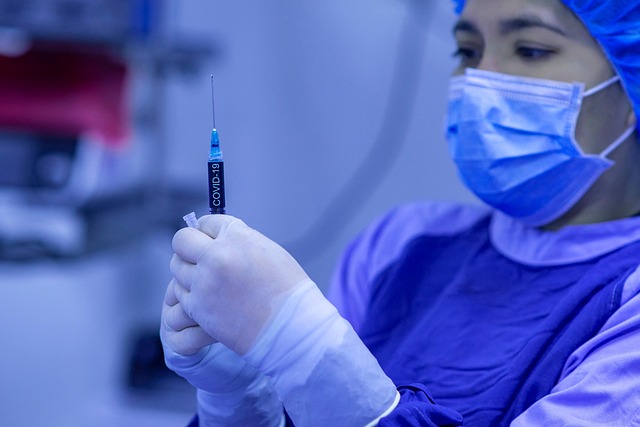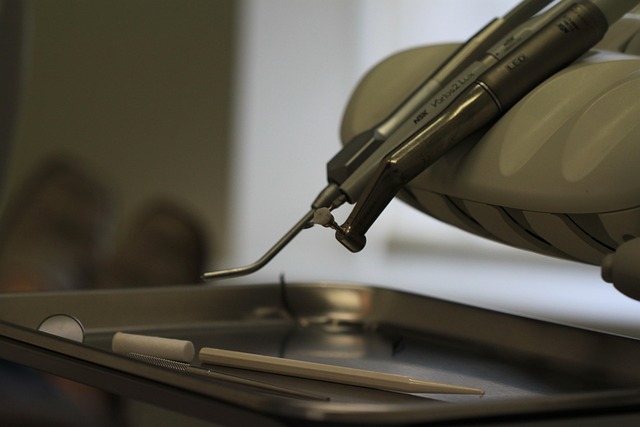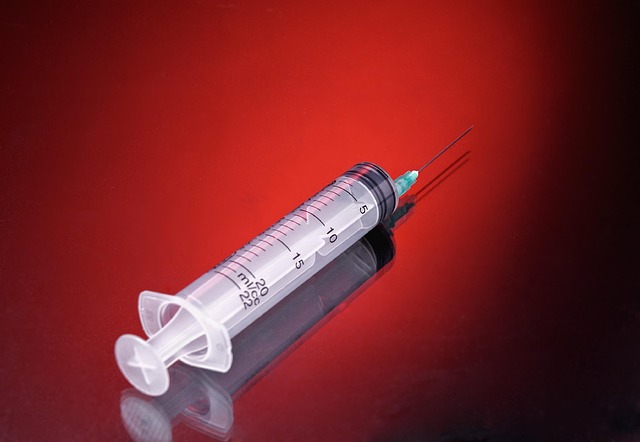
The Plural of Diagnosis
The term diagnosis holds significant weight in the medical field, serving as a cornerstone for understanding health conditions and guiding treatment plans. The singular form, diagnosis, refers to the identification of a disease or condition based on its signs and symptoms. However, when multiple conditions are identified, the term transforms into its plural form: diagnoses, pronounced [dahy-uhg-noh-seez]. This article delves into the nuances of this term, exploring its origins, usage, and the importance of clarity in medical communication.
The Origin of the Term
The word diagnosis originates from the Greek word diagnōsis, which means "discernment" or "decision." This etymology is essential in understanding why the pluralization of this term does not follow the conventional English rules. In English, many nouns simply add an -s or -es to form their plural. However, due to its Greek roots, diagnosis adheres to a different set of rules, changing the -is ending to -es to become diagnoses.
Importance of Distinction
In the realm of healthcare, precision in language is paramount. The distinction between diagnosis and diagnoses is not merely grammatical; it carries significant implications for patient care. When a healthcare professional discusses a single diagnosis, it indicates a focused understanding of a patient's condition. Conversely, when multiple diagnoses are involved, it suggests a more complex clinical picture, necessitating a comprehensive approach to treatment.
For instance, a patient may present with a primary diagnosis of diabetes, but upon further evaluation, additional diagnoses such as hypertension and hyperlipidemia may emerge. Each diagnosis requires tailored management strategies, highlighting the necessity for clear communication among healthcare providers.
Common Misunderstandings
Despite the clarity that comes with understanding the pluralization of diagnosis, misunderstandings persist. One common misconception is the belief that the plural form should be diagnosises. This error arises from a misunderstanding of how irregular plurals function in English. Unlike regular nouns, which follow predictable patterns, irregular nouns like diagnosis require memorization of their unique forms.
Practical Applications in Medical Communication
In medical documentation, the correct usage of diagnosis and diagnoses is crucial. Healthcare professionals must ensure that their notes, reports, and discussions accurately reflect the number of conditions being addressed. This attention to detail not only fosters effective communication among colleagues but also enhances patient understanding of their health status.
Moreover, the use of precise language can significantly impact patient outcomes. When patients are informed about their diagnoses in a clear and comprehensible manner, they are better equipped to engage in their care, adhere to treatment plans, and make informed decisions regarding their health.
Tools for Language Precision
To aid in maintaining accuracy in medical writing, various tools are available. For instance, grammar checkers can assist in identifying and correcting errors related to pluralization. Utilizing such resources can help healthcare professionals uphold the standards of communication necessary for effective patient care.
Conclusion
In conclusion, the plural of diagnosis is diagnoses, a term that embodies the complexity of medical understanding. Recognizing the importance of this distinction is vital for healthcare professionals, as it directly influences the clarity of communication and the quality of patient care. As the medical landscape continues to evolve, so too must our commitment to precise language, ensuring that every patient receives the thoughtful and informed care they deserve.

















 Friendships With Former Clients: Navigating the Awkward Waters
Friendships With Former Clients: Navigating the Awkward Waters 
 Health
Health  Fitness
Fitness  Lifestyle
Lifestyle  Tech
Tech  Travel
Travel  Food
Food  Education
Education  Parenting
Parenting  Career & Work
Career & Work  Hobbies
Hobbies  Wellness
Wellness  Beauty
Beauty  Cars
Cars  Art
Art  Science
Science  Culture
Culture  Books
Books  Music
Music  Movies
Movies  Gaming
Gaming  Sports
Sports  Nature
Nature  Home & Garden
Home & Garden  Business & Finance
Business & Finance  Relationships
Relationships  Pets
Pets  Shopping
Shopping  Mindset & Inspiration
Mindset & Inspiration  Environment
Environment  Gadgets
Gadgets  Politics
Politics 